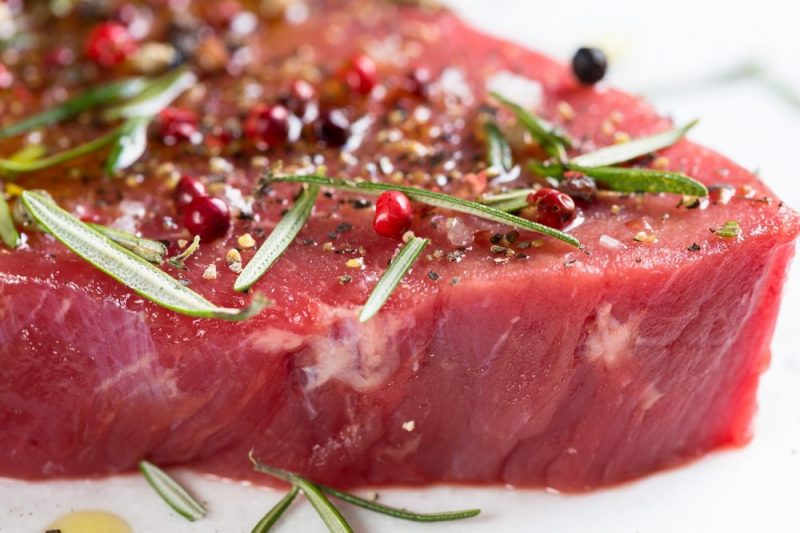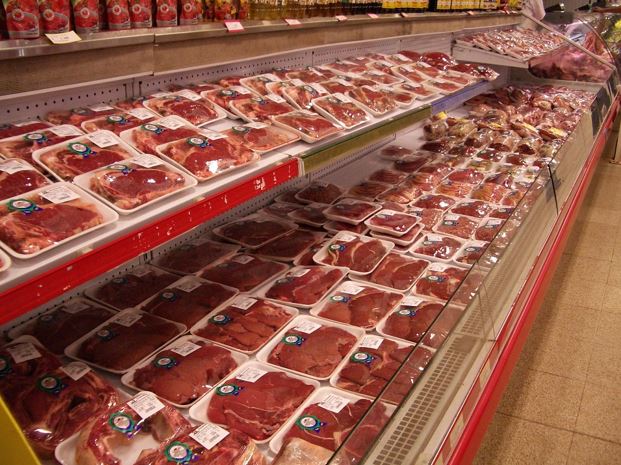
Human beings are the largest consumers of meat in the world. Thousands of years have seen us humans come up with more than a hundred dishes that contain meat alone, a trend that is not going away any time soon. This has, of course, created a lot of debate around our consumption of meat with some saying it is a good thing while others see it as a bad thing.
On the other side of the spectrum is the increase in vegan and vegetarian diets due to health or lifestyles choices. Like meat, this has created debate as well with some believing that reducing meat intake could help climate change. Others disagree saying it’s more about reducing food waste, using more efficient equipment… and many more reasons.
Regardless of what anyone believes, meat is still a big deal when eating out, buying off the shelf, or cooking at home. It is why such great emphasis is put in the way we handle meat.
This is seen in the way various authorities regulate how we get and handle what is considered a delicacy by many. In the commercial scene, understanding and choosing the right equipment is vital to serving and displaying exquisite meats.

Importance of proper handling of meat
There are more than 10 types of meat in the market, all with immense nutritional value and short shelf life. If not handled properly, especially in a commercial setting where there is a lot of activity, meat tends to go bad fast. This calls for measures to see that all meat is handled with care.
As a commercial kitchen owner, it is in your best interest to make sure that every form of meat you serve is fresh and free of contaminants at all times by investing in the right commercial refrigeration.
Here are some of the reasons why proper handling is meat is advised.
- It prevents the spread of bacteria which leads to decay. This helps preserve its quality.
- It inspires confidence in your customers towards your business.
- It prevents health hazards and illnesses that could come from contaminated meat. This, in turn, saves you time and money that would have been spent dealing with the effects of selling or eating spoilt meat.
- It helps you protect the environment.
Given that meat is present in different settings, it is important to also understand how to properly handle it for commercial purposes.
In a commercial kitchen
A commercial kitchen is usually a busy environment. Therefore, make sure to refrigerate your meat in temperatures below 2C but no lower than -2C. This will increase the shelf life of your fresh meat to a few days.
Storage freezers are suitable for lengthier periods because they have a low enough temperature range to freeze and prevent contamination from bacteria.
If planning on storing in the short term it is vital that commercial catering fridges be suitable for meat – some are specified as ‘meat fridges’ such as the Foster EP1440M double door catering fridge to make choosing an appropriate piece of equipment easier. Not all fridges that are suitable for meat have the label though. Others that aren’t labelled can be found by using the temperature filter on the category page.
In a shop or supermarket
Shops and supermarkets are different from a commercial kitchen in the sense that the meat is more exposed. Therefore, there are more chances of it getting contaminated or even going bad, especially when in an open display and not pre-packed.

However, it is possible to keep your meat safe and fresh enough for extended periods of time in a shop or supermarket.
You can achieve this by using display freezers and chillers which are able to provide the needed temperatures and still allow shoppers to view the merchandise before buying. Such refrigeration systems are especially ideal for meat and meat products such as sausages, bacon and much more.
As a business owner, it is vital to invest in specialist equipment. Display refrigeration will typically operate with a fractionally higher temperature range than storage refrigeration in the kitchen. To display meat, you must choose equipment that has a lower temperature range. Choose serve-overs and multi-decks for meat that are specially built for purpose.
Finding the right fridge and freezer for your commercial kitchen or supermarket is an essential part of running your business. It will save you from the losses that come with throwing away spoilt meat and help you deliver quality products to your customers as well as ensure you play a positive role in the conservation of the environment.

Leave a Comment
Your email address will not be published. Required fields are marked *